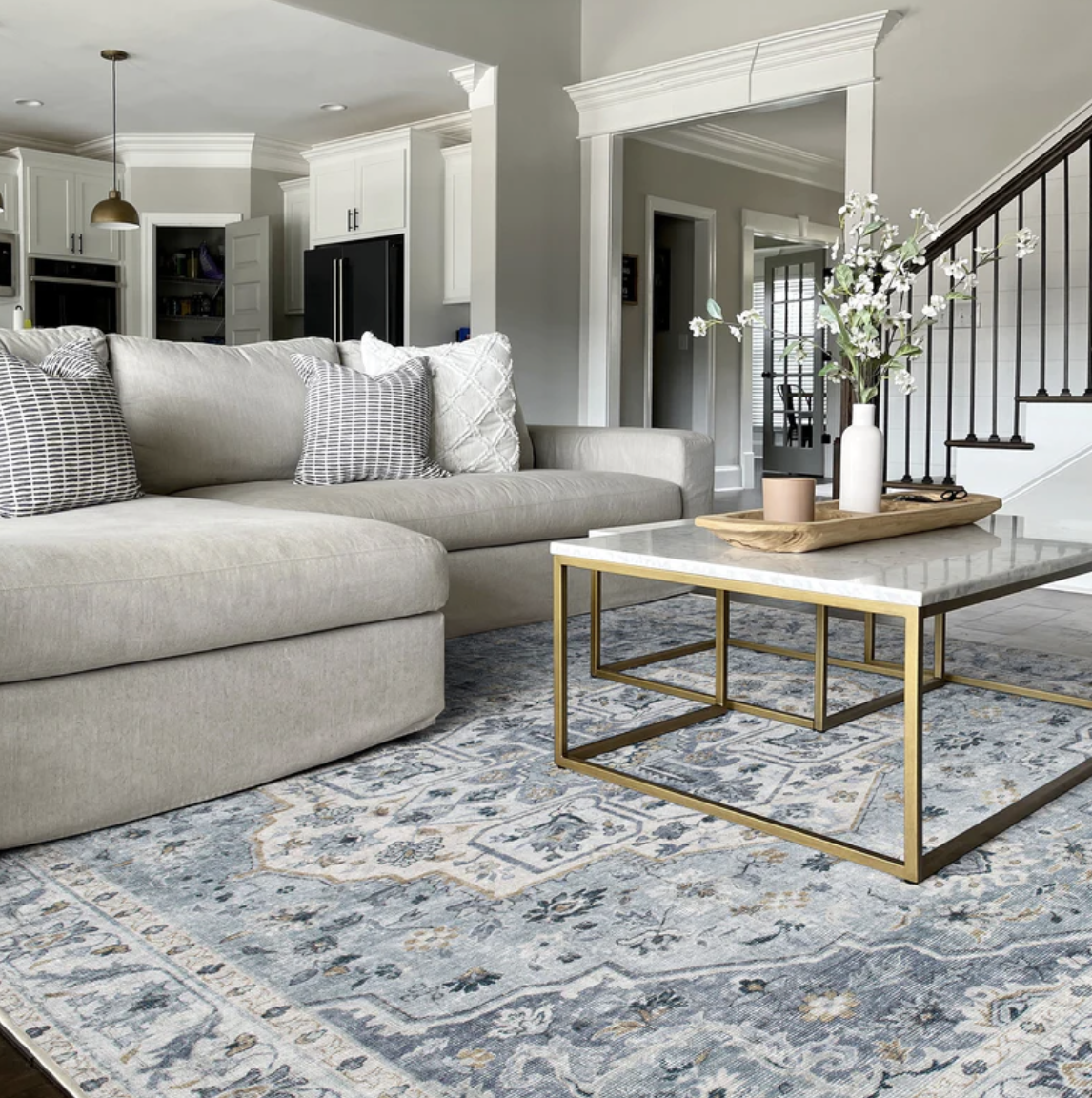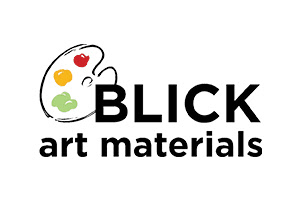As I mentioned last time, I'm starting on the
main stair. Finally getting The Big Stair Project underway after far too
many years. It's going to be an escapade for sure!
Originally, well wait, not originally but one of my multitudes of ideas
entailed ripping the carpet off the stair and refinishing the existing
construction-grade pine two by twelves to match the existing hardwood floors.
Envisioning it thoroughly though, in the end, I opted not to go that
route.
Why? The main reason: in ripping up the carpet, there is
flipper
paint overspray on each tread meaning either a load of incredibly messy
sanding or running through a sh*t ton of incredibly messy and smelly
paint stripper.*
Which, truth be told,
I looove stripping paint. But, mnn nnn, no thanks on the stair.
Invariably too, I'd drip stripper on the wood floors and ruin them.
That's a no.
ETA: I've found the best paint stripper and it's GreenEZ.* No fumes, soy based, water clean up, won't run, works incredibly
well....buy GreenEZ's stripper.
A close second reason: despite figuring out how to stain pine wood so it
actually looks rich and saturated with color, the pine itself didn't have
enough character, in that it didn't meet my lofty standards despite being
budget-friendly-ish.
Not that I'm a luxuriant snob but
my intention with this house, and always, is to extract as much grandeur out of small budgets as possible
so that the result looks not small budget. Surely an ingrained trait
learned from
my theater days.
Distilled, thanks to an interview I read (that I can't find again) with
an architect named John DeSalvo: Good design is not a matter of cost but of thought.
Uh huh.....nodding.....right?!
I did flip through a few stain pine wood guides on the ol' internets but most
were needlessly complicated or overly fussy or too, whatever. They were
nearly deterrent enough.
But in testing this idea, I have now learned that you can indeed stain pine
wood to look delicious without monstrous amounts of hassle, millions of steps,
nor oodles of supplies.
Here's what you need:
Sandpaper: depending on the condition of the pine you are looking
to stain, you will need several different grits of sandpaper. Here's an
eye-twistingly lengthy yet
helpful guide
on choosing sandpaper.
To break it down simply, you'll need a coarse grit (80-100), a medium-ish grit
(150-250), and then a super fine (400-800). Yes, all three. For
real, don't skimp.
Pre-Stain Wood Conditioner: it's smelly but this is the missing
link, the key to a profound vibrant stain on pine. So buy the
wood conditioner* and you will delightedly thank me later.
Oil-based stain: Iiiiii know. Water-based, blah-dee blah
blah blah, easy peasy clean up, no smell, dries fast....etc. etc.
Oil-based stains have stronger pigments, more depth, apply more evenly,
are more durable, and key here?, the oil infiltrates the wood, sucking the
color in while water-based is surface-y.
You'll need other supplies like rags,
gloves,*
brushes (chip brushes* are great because cleaning brushes out will be a hassle or they just dry
out anyway), and if you want to get extra about it, a
palm sander* and
tack cloths.*
All right! Clap clap, here's how to stain pine wood so it looks
fabulous:

|
| Before. Wow, before before. Previous wall color too even. |
Begin by sanding the wood with the coarser grit sandpaper, evening up the
wood, knocking out dings or dents if desired and such but no need to go hog
wild unless you're looking for a pristine surface.
After the coarser grit paper, switch to the mid-level and when it feels pretty
smooth, switch to the finest paper and give that pine a baby's butt, smooth as
silk finish.
Clean up the dust thoroughly either with a very lightly water-dampened
rag, a tack cloth, a vacuum, whatever you need to clean up.
When you're ready to stain, brush on a thin coat of wood conditioner.

|
| Ah, looks like I used foam brushes* for this, so those work too. |
Read the label for the stuff ahead of time as it'll let you know the working
time window you have. For instance,
the can I have* says it's ready for stain in about a half hour.
By the way, do this in a well-ventilated area or with windows open as this
sh*t is super stinky. Meanwhile,
wrap up your brush in a plastic bag
if you intend to use it again later.
What is the wood conditioner doing for you here exactly? It's prepping
the surface, and below the surface, to fully accept the stain. It
prevents streaks and splotches, promotes stain uniformity, and equalizes
different wood densities and differences inside the wood, especially in stuff
like pine.
Doop dee doo, wait the prescribed time, then you're ready to stain.
Be sure to stir the stain very very well, like scrape up alllll the goopy
gloppy solids off the bottom of the can and make sure it's completely
incorporated. And I mean all. It'll take a spot of time if the can
has sat but it's imperative to get every last bit of pigment blended entirely.
Apply the stain with another chip brush, follow the instructions on the can.
A brush, not a rag as the rag won't get enough color on there and will
be uneven. Let the stain sit for whatever the can says, five, ten
minutes, then with a rag, wipe it off.
You're wearing your gloves, right? Yeah, go put those on.
If you want, you can do a second coat of stain if you feel it's not saturated
to your liking enough but one coat should be quite sufficient.

|
| Here's the stain wiped up. Look how saturated that color is on the wood! Holy bejebus, awesome, right?! |
Let the stain dry or whatever it does and then seal up your work with a nice
oil-based polyurethane. In the process of figuring out the stair process
and testings, I came across
DuraSeal*
which is a very nice poly that self-levels (meaning no annoying itty bitty
popped bubbles) and goes on like
butter.
Tada! Voila! You have just stained pine wood and it looks
marvelous!
I know what you're thinking though. Becky, what in the hell was the big freakin' deal with this, it's so damn
simple.
I know, that's exactly it. It's simple, I've whittled this process
down to its core basics to get you rockin' great results with little effort.
So, you're welcome!
Don't bother with other tips online which, as I mentioned, were needlessly
muddled.
But right?! Mad easy! Give these steps a whirl, see how lovely you
can finally stain pine wood after all and let me know how your projects turn
out!
If this project got you going, imagine what you could do. Download The $100 Room Glow-Up Guide and see what’s possible.
*The paint stripper, wood conditioners, gloves, chip brushes, palm sanders,
tack cloths, Varathane wood conditioner pre-stain, foam brushes, and
DuraSeal are Amazon affiliate links. The GreenEZ stripper is a GreenEZ
affiliate link. Mwah, thanks! Please see the "boring stuff" tab
for more info.















































I like this I'm starting an eastern pine project and will follow this through and will publish back to you with pix. Thank you looks amazing
ReplyDeleteOh nice! Yes, let me know how it turns out! Thank you very much!
DeleteI assume the prestain is oil based also
ReplyDeleteMine is, yes, but you can get either oil based or water based. Make sure you get the type that goes with your type of stain (oil = oil, water = water) as the two likely won't mix.
Delete